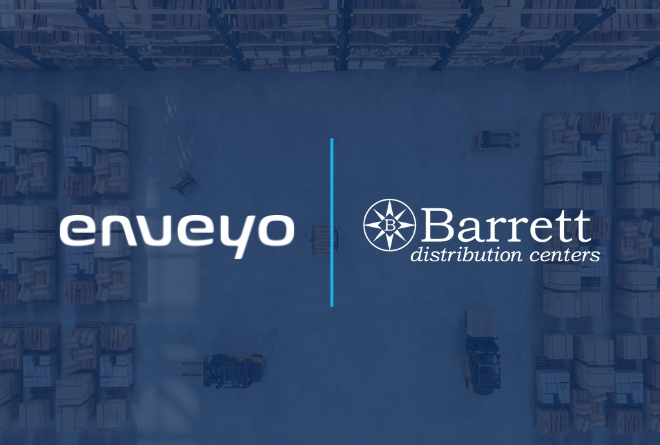

Coby Nilsson & Nate Endicott Win 2025 Pros to Know Award by Supply & Demand Chain Executive

Unlock Streamlined Logistics With a Cutting-Edge Parcel TMS

Leveraging Big Data in Logistics: Challenges and Opportunities

Inc. Names Enveyo as a 2024 Power Partner Award Winner for Outstanding Support of the Logistics Industry










